Let’s Bring Back Cocktail Hour!
(This is an excerpt from my upcoming book about cocktail hour. It’s due to be out in the fall of 2020. Please email the publisher to be notified of the release date).
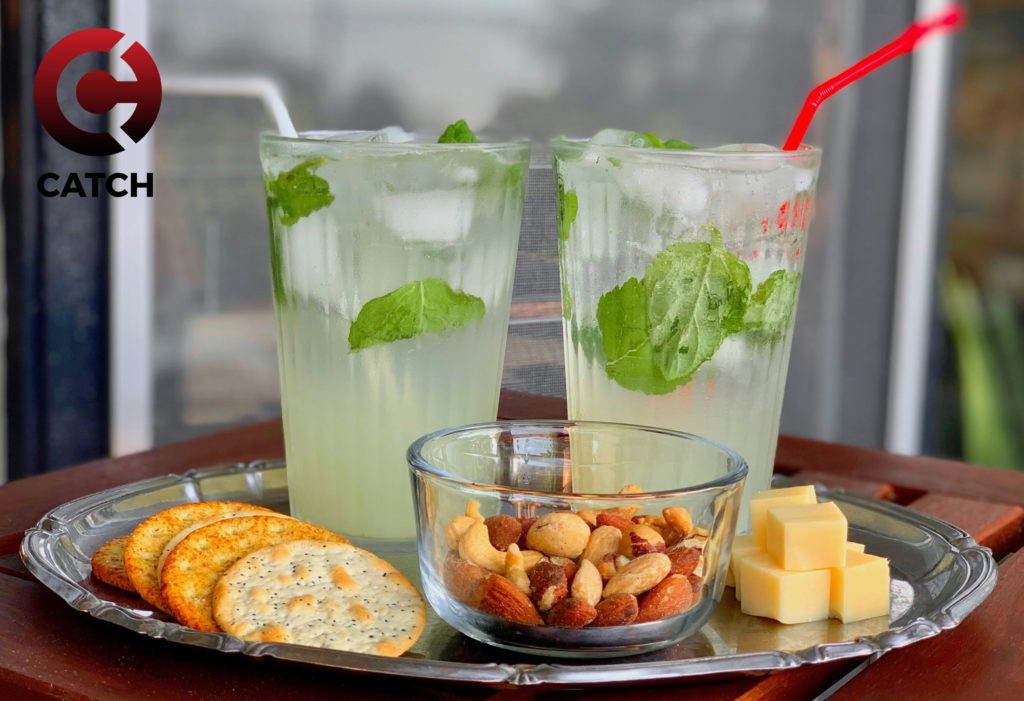
Part One: Hitting The Reset Button
Are you working from home these days? Have you noticed how work time and private time are blending together? How the whole day feels like a long succession of “must dos” without much of a break?
Having no structure in the day is neither good for our work efficiency, nor for our mental health. Nor is it conducive to our relationships with other people around us. The only solution involves a strict separation between private life and work life. There must be time set aside for the singular purpose of being social: for meaningful conversations, for listening and being heard, and for the enjoyment of a shared experience. If this sounds like a date, it’s because it is! And the best thing is: you don’t even have to leave the house!
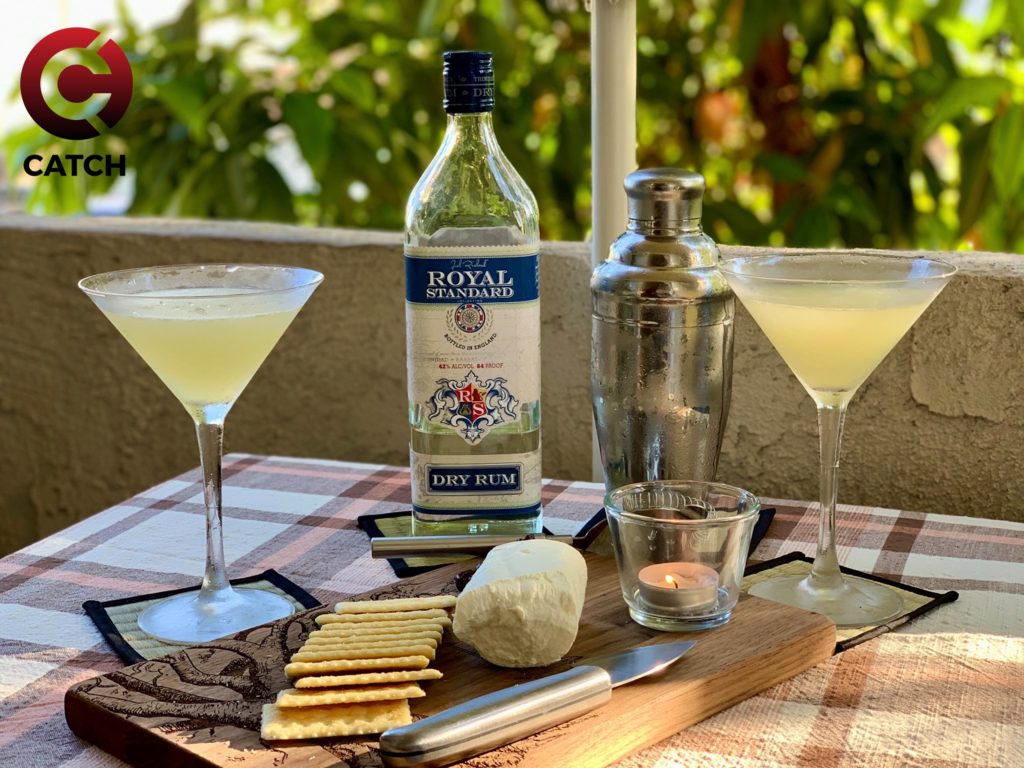
It’s Not About Drinking!
First, let’s dispense with a myth. Cocktail hour is not about drinking, and certainly not about getting drunk. It’s a social ritual meant to bring the work day to a close and initiate a new phase of the day. It’s a signal that it’s time to shift our focus from productivity to leisure, from demanding to sharing, from stress to unwinding, and from discharging our internal batteries to recharging them. It’s a moment in time to pay attention to ourselves and the people around us, a time to relax and enjoy what life has to offer, and a pause to be grateful for what we can enjoy.

It’s All About The Ritual
Rituals have been central to human existence from the very early days. Looking closely, one finds rituals everywhere: graduations, baptisms, initiations, weddings and funerals are obviously very major ones, but on every normal day, there are hundreds of small personal rituals which give our life anchor points. Their purpose is to add significance and mindfulness to what would otherwise be an ordinary moment. Some of these rituals may be very personal, like putting on make-up or shaving, others are social and universal. Packing up at the workplace and leaving it is also a ritual – one that puts us in “home mode”. Working from home has eliminated this reset point and made the transition to private time so much harder.
An Old Tradition
If this New York Times article from Dec. 5, 1958 is to be believed, the institutionalization of cocktail hour in American life began precisely 25 years earlier, on Dec. 5, 1933. That was the day when alcohol prohibition, one of America’s biggest social experiments in history, was rescinded as a disastrous failure. Cocktails “and the late- afternoon hour devoted to them,” the article explained, were a direct result of the prohibition-era practice of disguising the flavor of bathtub gin and other spirits with fruit juices.

In the Europe, however, this goes back centuries. Indeed, the basic idea of a drink and some light food to mark the end of the day’s labors and the beginning of refreshment seems universal. In Europe, the ritual was (and is) known as “aperitivo” or “apéritif”.
Drinking before dinner wasn’t always without controversy. As the the 5th-century Christian ascetic Diadochos of Photiki says, “People who wish to discipline the sexual organs should avoid drinking those artificial concoctions which are called ‘aperitifs’ – presumably because they open a way to the stomach for the vast meal which is to follow.” (Then again, as an ascetic, Diadochos advocated piety and abstinence of all earthly pleasures – most certainly those involving “sexual organs”).

The ascetically strict rejection of pleasures didn’t make it through the renaissance.
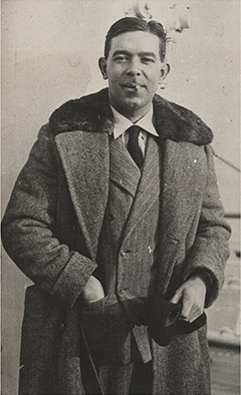
Modern Vermouth was invented in by Turin distiller Antonio Carpano in 1796. By the 1800s, the apéritif and hors d’oeuvres ritual was apparently widespread in France, so much so that French chemist, Joseph Dubonnet, created his famous wine based formula in 1846. He sold quite a bit of it, and it’s available to this day. Just so you know: Dubonnet was purported to fight malaria. To your health, Mesdames et Messieurs!
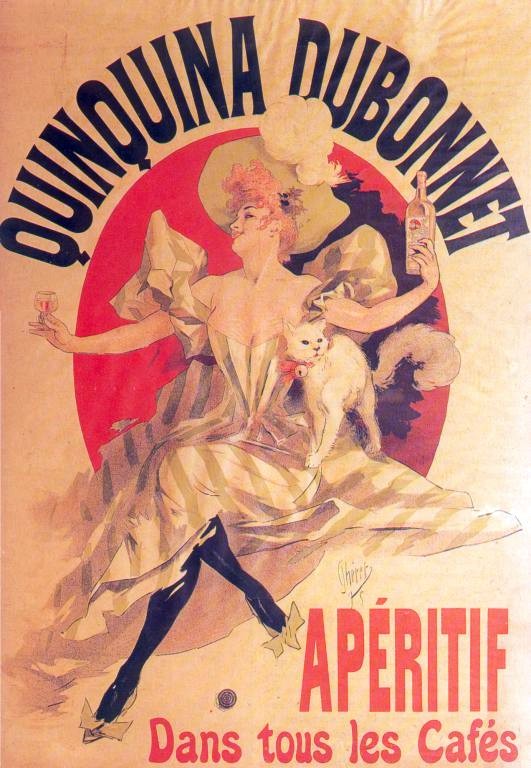
A European Approach To Life
Apéritifs were also widespread in 19th century in Italy, where they were being served in fashionable cafés in Turin, Rome, Genoa, Florence, Milan and Venice, as well as in private homes.

The Italians contributed delectables, such as bruschetta and crostini, to which the French, not to be outdone happily added canapés, charcuterie, oysters, crudités and tapenade.
Czech, Polish and Slovak cuisines had their obložené chlebíčky (“garnished breads”), which were adopted in Vienna and other cultivated cities of the Austro-Hungarian empire. (If you visit Vienna, stop by at Trzesniewski. Don’t worry if you can’t pronounce it. Even the Viennese have been puzzled about it for over 100 years while enjoying the delicacies).

Olives and capers came from the lands around the Mediterranean, caviar reached Europe via Russia, smoked fish and gravlax from Scandinavia, eggplant and hummus spreads from the Middle East, and tapas from Spain.
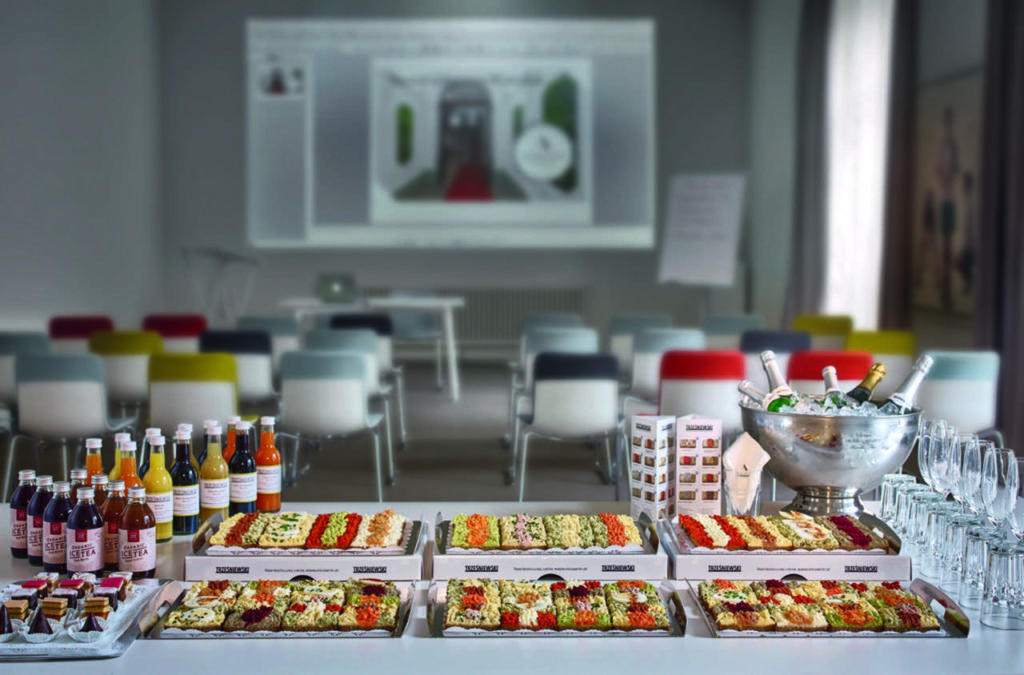
Mindfulness, Not Consumerism
You see where this is (and isn’t) going. Aperitivo or cocktail hour isn’t munching tortilla chips from a plastic bag. Not factory made salsa haphazardly dumped into a dish from a plastic tub, and not gulping beer from a can from the fridge. Not imbibing and getting inebriated before dinner. Not gluttony and mindless consumption – but a cultivated, graceful, civilized transition from workday to leisure time, and to social life. The preparations are part of the ritual as much as the enjoyment. Both should be a shared, social experience, and an opportunity for conversation.

Time consuming? Yes, but that’s the idea. It’s supposed to pause our activities and draw special attention to what we are doing. Alas, it was the requirement for time and attention that led to the dismantling of cocktail hour in America over the last decades. As Ginia Bellafante recently wrote for the New York Times: “We became more relentlessly obsessed with achievement, productivity, parenthood and above all the understanding that 5 oʼclock was really still the middle of the day.”
But now, the COVID pandemic is changing the way we work, and it appears that life affirming rituals and an insistence of carving out daily self care routines are more needed than ever. Think of it as hitting the reset button.
Next Up: How to Make Cocktail Hour A Personal Self Care Routine.
Check out our video for more cocktail hour inspirations and to be informed of more date ideas, please subscribe to our newsletter. Meanwhile, please follow our daily suggestions for cocktail hour recipes on Facebook.
Every day during the month of August at 5 PM, we are posting a new recipe on our social media:
Reinhard Kargl is a journalist and media professional. He normally writes about science and technology.







